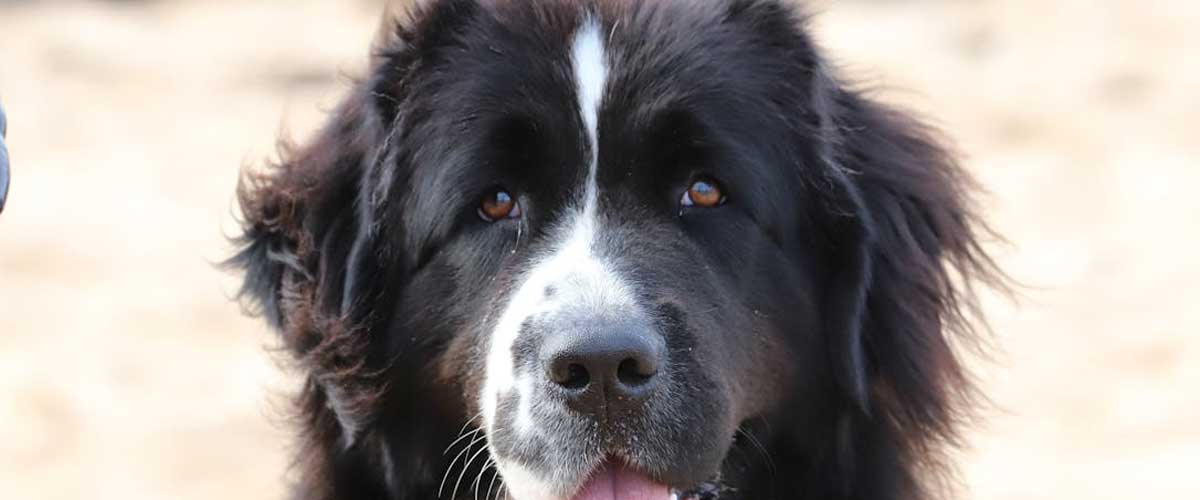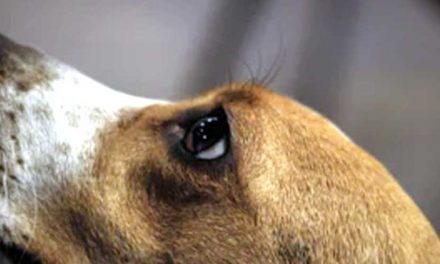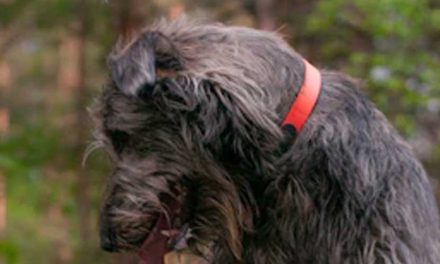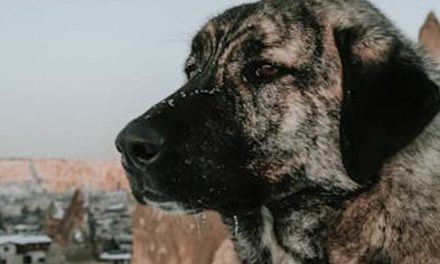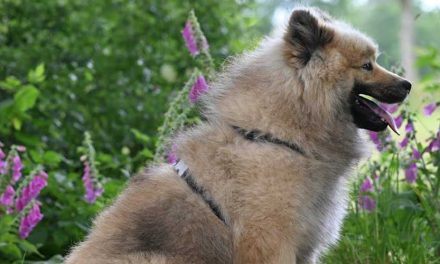The Landseer dog breed is a remarkable and striking breed, known for its impressive size, striking black and white coat, and gentle disposition.
Often overshadowed by its more famous Newfoundland counterpart, the Landseer has a distinct identity that makes it unique.
Originating in Europe, this breed has a rich history and a reputation as a devoted family companion and working dog.
History and Origins
The Landseer is named after the famous British painter Sir Edwin Landseer, who depicted these dogs in many of his artworks during the 19th century.
The breed is believed to have originated from Europe, particularly in areas surrounding the North Atlantic, where they were used by fishermen for water rescue and retrieving.
As versatile working dogs, Landseers were invaluable to coastal communities, known for their swimming ability and strength.
Physical Characteristics
One of the first things you’ll notice about the Landseer is its size.
Males typically weigh between 110 to 150 pounds, while females usually range from 90 to 120 pounds.
Standing at about 28 to 32 inches tall at the shoulder, these dogs possess a robust and muscular build that is both powerful and graceful.
The Landseer is known for its stunning coat, which is primarily white with distinctive black markings.
The long, thick fur helps protect them from cold water and inclement weather.
Their expressive brown eyes, large paws, and webbed feet are characteristics that not only contribute to their beauty but also to their suitability as water rescue dogs.
Temperament
Landseers are well known for their gentle, calm, and friendly nature.
They are incredibly sociable and typically get along well with children, other pets, and strangers.
This breed embodies the saying “gentle giant,” making them excellent family pets.
Their loving temperament means they thrive on companionship and enjoy being part of family activities.
Despite their size, Landseers tend to be easygoing and patient, making them great companions for families and individuals alike.
However, it’s essential to socialize them from an early age to ensure they grow up to be well-rounded adults.
Regular training helps establish good behavior and a strong bond between the dog and its owner.
Health and Care
Like many large breeds, Landseers are subject to several health issues, such as hip dysplasia and certain heart conditions.
Responsible breeding practices are crucial to minimize these risks, so it’s essential to choose a reputable breeder who tests their breeding stock for common health problems.
Grooming a Landseer requires regular attention due to their long, thick coat.
They benefit from weekly brushing to prevent mats and tangles, and during shedding seasons, more frequent grooming may be necessary.
Bathing should be done as needed, but over-bathing should be avoided as it can strip their coat of natural oils.
Activity and Exercise
Landseers are active dogs that require regular exercise to keep them happy and healthy.
They enjoy swimming, long walks, and playtime, making them perfect companions for those who appreciate outdoor activities.
While they are not hyperactive, daily exercise is essential to prevent boredom and maintain their physical and mental health.
Conclusion
The Landseer dog breed is a magnificent blend of beauty, intelligence, and gentle temperament.
With a rich history and a strong bond to water, they are excellent companions for active families and individuals alike.
If you are considering adding a Landseer to your life, be prepared to embrace a loyal, loving, and large-hearted friend who will enrich your life for many years to come.
With proper care, socialization, and training, a Landseer can be a wonderful addition to any household, making their mark as not just a pet, but a beloved family member.

